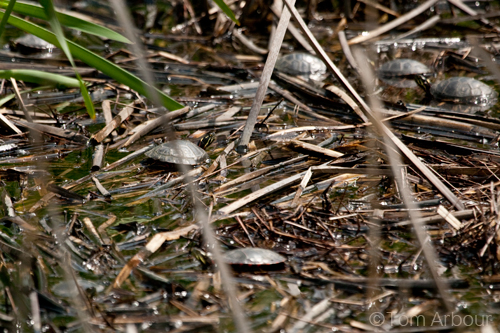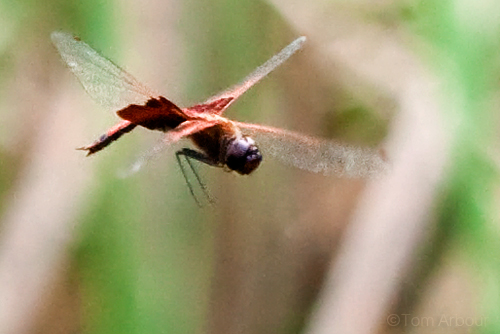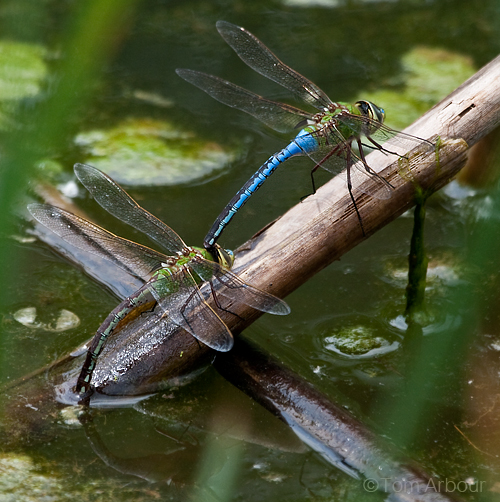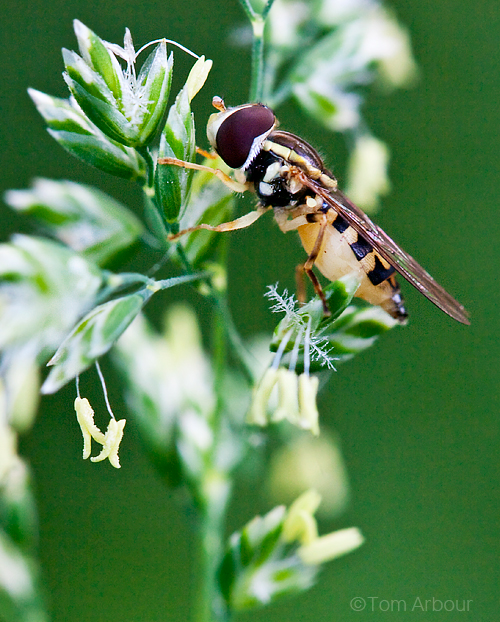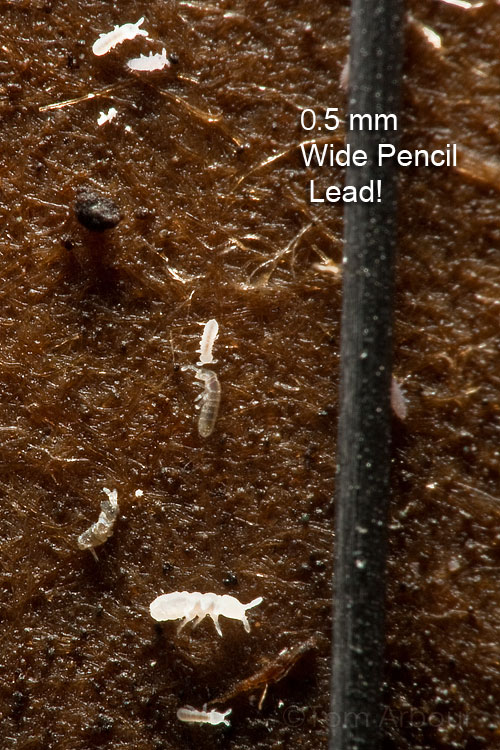Orchard Orbweaver, Leucauge venusta
I'm getting in a groove on the weekend for insect and macro photography- early morning I head to the backyard to photograph tiny creatures like this Orchard Orbweaver, a type of spider that I've seen often but hadn't yet photographed. Early morning is a great time to get this type of shot since it is usually very calm at dawn. Any little bit of wind causes the web to move, making it extremely difficult to focus and expose without image blur.
Possible Swamp Darner Epiaeschna heros
Now, fast forward to the afternoon. We've done our family outing in the morning (Saturday it was to the zoo, yesterday we lounged at the Alum Creek Beach, today it'll be the Worthington Memorial Day Parade). We've had lunch- Weston takes a nap, and I'm out the door to photograph insects again, but this time, I'm headed to the Olentangy River. Sunny, hot afternoon days are typically the worst times for photography, unless you're photographing dragonflies. That's the perfect time to get them in flight.
I believe this dragon maybe a swamp darner, but I was surprised to see this species on a river. I've only seen them deep in forested swamps, but you just never know what you might find. I'm still not closing the door that it might be another species.
This week I'm headed out west. And when I say West, I don't mean Brookville, Ohio. I mean Yellowstone National Park West. I'll be visiting my good buddy Bryan in Livingston, Montana. From there, we'll be headed for a three night camping adventure in the park, with the intent on photographing Spring- the baby animals, the migrating birds, a little snow, and who knows what else. I'll be incommunicado from Tuesday evening through the next Monday- so this week I'll have a lineup of images from yesterday's trip to the Olentangy.
Tom






















